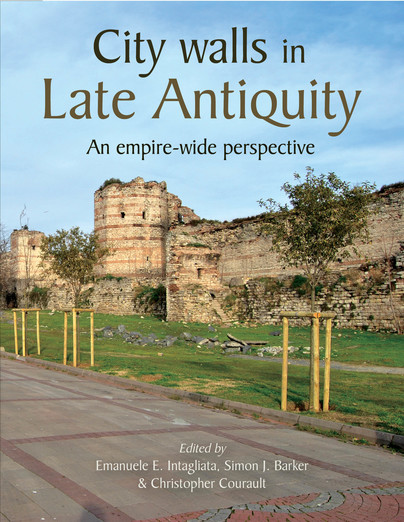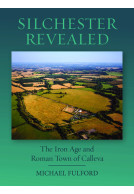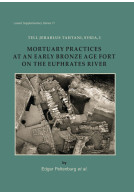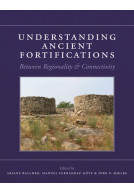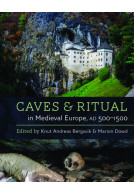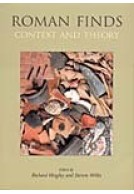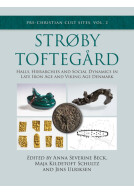City Walls in Late Antiquity (Hardback)
An Empire-wide Perspective
Imprint: Oxbow Books
Pages: 200
Illustrations: b/w and colour
ISBN: 9781789253641
Published: 1st April 2020
Script Academic & Professional
Pages: 200
Illustrations: b/w and colour
ISBN: 9781789253641
Published: 1st April 2020
Script Academic & Professional
You'll be £55.00 closer to your next £10.00 credit when you purchase City Walls in Late Antiquity. What's this?
+£4.99 UK Delivery or free UK delivery if order is over £40
(click here for international delivery rates)
Need a currency converter? Check XE.com for live rates
(click here for international delivery rates)
Need a currency converter? Check XE.com for live rates
The construction of urban defences was one of the hallmarks of the late Roman and late-antique periods (300–600 AD) throughout the western and eastern empire. City walls were the most significant construction projects of their time and they redefined the urban landscape. Their appearance and monumental scale, as well as the cost of labour and material, are easily comparable to projects from the High Empire; however, urban circuits provided late-antique towns with a new means of self-representation. While their final appearance and construction techniques varied greatly, the cost involved and the dramatic impact that such projects had on the urban topography of late-antique cities mark city walls as one of the most important urban initiatives of the period. To-date, research on city walls in the two halves of the empire has highlighted chronological and regional variations, enabling scholars to rethink how and why urban circuits were built and functioned in Late Antiquity. Although these developments have made a significant contribution to the understanding of late-antique city walls, studies are often concerned with one single monument/small group of monuments or a particular region, and the issues raised do not usually lead to a broader perspective, creating an artificial divide between east and west. It is this broader understanding that this book seeks to provide.The volume and its contributions arise from a conference held at the British School at Rome and the Swedish Institute of Classical Studies in Rome on June 20-21, 2018. It includes articles from world-leading experts in late-antique history and archaeology and is based around important themes that emerged at the conference, such as construction, spolia-use, late-antique architecture, culture and urbanism, empire-wide changes in Late Antiquity, and the perception of this practice by local inhabitants.
Customers who bought this title also bought...
Other titles in Oxbow Books...







